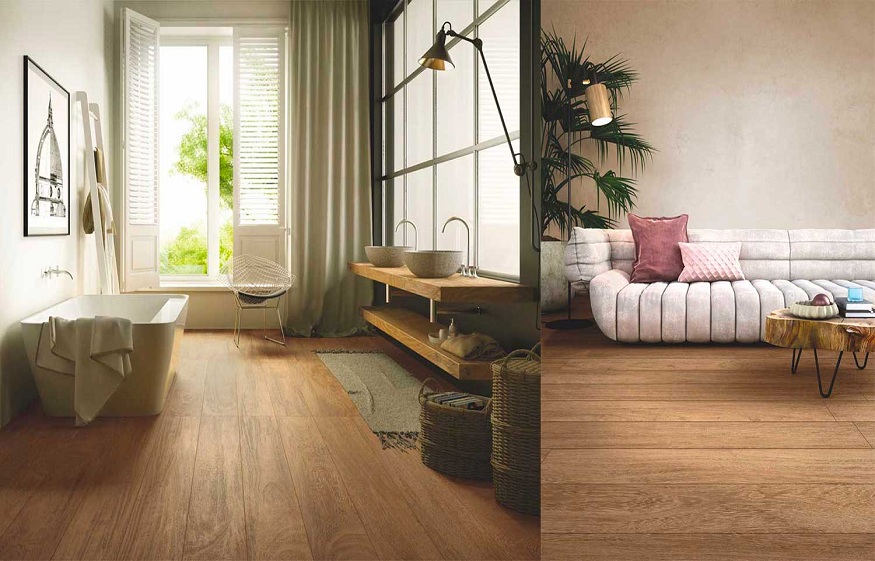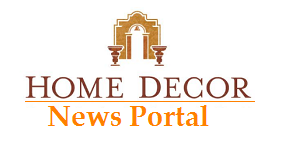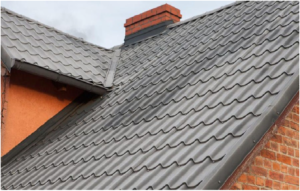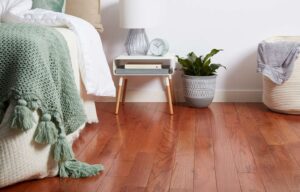
Best Flooring Alternatives
If you are reading this, you are likely looking for a new floor for your house or workplace. However, where should you begin? What do the phrases SPC and WPC, engineered and solid, all mean?
You’ve arrived to the correct location! Silvertrading Flooring has helped tens of thousands of clients like you select the finest flooring solutions for their area for almost two decades. In this post, we’ll examine seven varieties of flooring and discuss their characteristics to help you select the ideal one.
Hybrid Flooring
Composition
Hybrid Flooring is wonderful because it combines the benefits of laminate flooring with waterproofing. How, you may ask? The particleboard core and melamine base have been replaced with a PVC (polyvinyl chloride) composite.
On the basis of this composite utilised to give stiffness to the floorboard, two distinct forms of hybrid flooring are distinguished. SPC (Stone Plastic Composite) flooring are often thicker and less expensive than WPC (Wood Plastic Composite) floors, which are typically more pleasant.
Hybrid floors are also meant to be floating flooring, which minimises installation expenses and removes the need for nails or odorous adhesives to adhere them to the subfloor.
Benefits
- Hybrid flooring, like laminate floors, are pre-finished with a coating that may resist impacts and scratches.
- It is fashionable, since hybrid floors also have a print layer, allowing for a variety of patterns that may vary from wood to tile.
- Hybrid flooring are waterproof, making them a worry-free and practical option for areas such as the bathroom and kitchen.
- It’s a package deal — hybrid floors are often pre-assembled with acoustic underlay, which simplifies the purchasing procedure.
Drawbacks
- It needs a very level subfloor; hybrid floors are quite sensitive to subfloor inconsistencies. This may need sanding or levelling, which might raise the overall cost of the flooring installation.
- It’s somewhat more costly than laminate; hybrid floors employ a more expensive core than laminate flooring, but they’re still less expensive than solid or engineered wood floors.
- Depending on the quality of the flooring you select, the printed design on the floorboards may repeat excessively often.
Where We Suggest Hybrid Floors
If you enjoy the versatility and variety of patterns offered by laminate flooring but want waterproofing or a more luxurious feel, hybrid flooring is for you. Hybrid flooring Sydney is incredibly adaptable and may be used in almost any space, from the laundry room to the kitchen.
Solid Hardwood Floor
Composition
As their name suggests, are constructed from wood that has been chopped, milled, and coated with a protective sealant to make durable and comfortable flooring. We like solid wood for its natural characteristics, diversity, and warmth, and you can select from a variety of species that each have their own distinct personality. Solid wood floors are the conventional option; they last a lifetime and age nicely.
Benefits
- Solid wood flooring feel soft and ‘warm’ underfoot, which is very beneficial in high-traffic areas such as the living room!
- Solid wood floors are often recognised as the most upscale form of flooring on the market, due to its timeless elegance and stunning natural sheen.
- Solid wood floors are not only treated with a hard-wearing finish such as polyurethane after installation, but they can also be sanded down and refinished when they begin to show signs of wear.
- Solid wooden flooring may be important assets. According to studies, adding solid wood may enhance a home’s resale value by up to 2.5%, making it an excellent choice for investment homes. Furthermore, the value of solid wood continues to rise with time.
Drawbacks
- Solid wood is often the most costly choice when it comes to supplies and installation, but it will boost the value of your property in the long term.
- Unlike certain engineered wood (HydroPro Timber) and hybrid floors (described below), solid timber floors are not waterproof, thus spills and mishaps must be avoided with great care.
- It is not as stable, as the wood fibres in solid timber floors naturally expand and contract in response to changes in temperature and humidity, necessitating expansion gaps between floorboards and their perimeters, even at doorways if the rooms are oversized to accommodate for expansion or contraction.
Where we suggest solid wood flooring
Solid wood floors are a flexible, no-compromise flooring solution that shines when you want your house to have a high-end appearance. They are appropriate for practically any location that is not exposed to excessive wetness, such as living rooms, dining rooms, and bedrooms. Solid wood is ideal for family homes, bigger properties, and for maximising resale value.
Engineered Wooden Floors
Composition
Since we only ever see the surface of a floorboard, a shrewd engineer likely realised many years ago that the thickness of the wood might be reduced and a cheaper, more stable material added below. Thus, the engineered wood floor was created.
Engineered Timber Flooring consists of a veneer layer that is typically adhered to a plywood core and finished with a protective coating. These layers work together to create a floor that not only looks and feels like genuine wood, but is also more solid and less expensive.
In contrast to solid wood floors, engineered wood floors are built as floating flooring, so you may instal engineered wood floorboards directly over your existing floor. If you’re interested in learning more about floating floors, why not read our entire guide?
Benefits
- As engineered wooden floors have a timber surface, they are almost identical in terms of comfort and ‘warmth’
- It’s less expensive – engineered timber floors are less expensive to instal since they’re meant to be floating floors, and they’re less expensive to supply because they don’t utilise expensive wood in unseen areas.
- Some engineered wood flooring, such as the HydroPro line that we provide here at FloorVenue, are approximately 100 percent, if not 99% waterproof and can withstand any mishaps.
- Engineered wood flooring are factory-finished with a hard-wearing protective coating, making them typically more scratch- and stain-resistant than finishes that are applied after installation.
Drawbacks
- As engineered timber floors contain a thinner layer of genuine wood, they cannot be polished and refinished as often as solid timber floors, hence limiting their longevity.
- As with any floor with a bonded composition (including laminate and hybrid flooring), engineered wood flooring may release VOCs (volatile organic compounds) that may irritate the respiratory system. However, this does not apply to all engineered wood floors, so verify the type you are considering purchasing.
- Although engineered wood floors are less expensive than solid timber, laminate and hybrid floors are more cost-effective flooring solutions for those on a budget.
Where We Suggest Engineered Wood Flooring
Engineered wood flooring are an excellent alternative to solid timber floors and may offer your area a beautiful appearance at a lesser cost. Engineered flooring is often used in flats as an alternative to solid wood since it does not need loud nails for installation. They are very adaptable and may be utilised anyplace you need a premium wood appearance, including the living room, dining room, and bedroom. When you pick a waterproof engineered wood floor, you’re not excluding the kitchen and bathroom.


